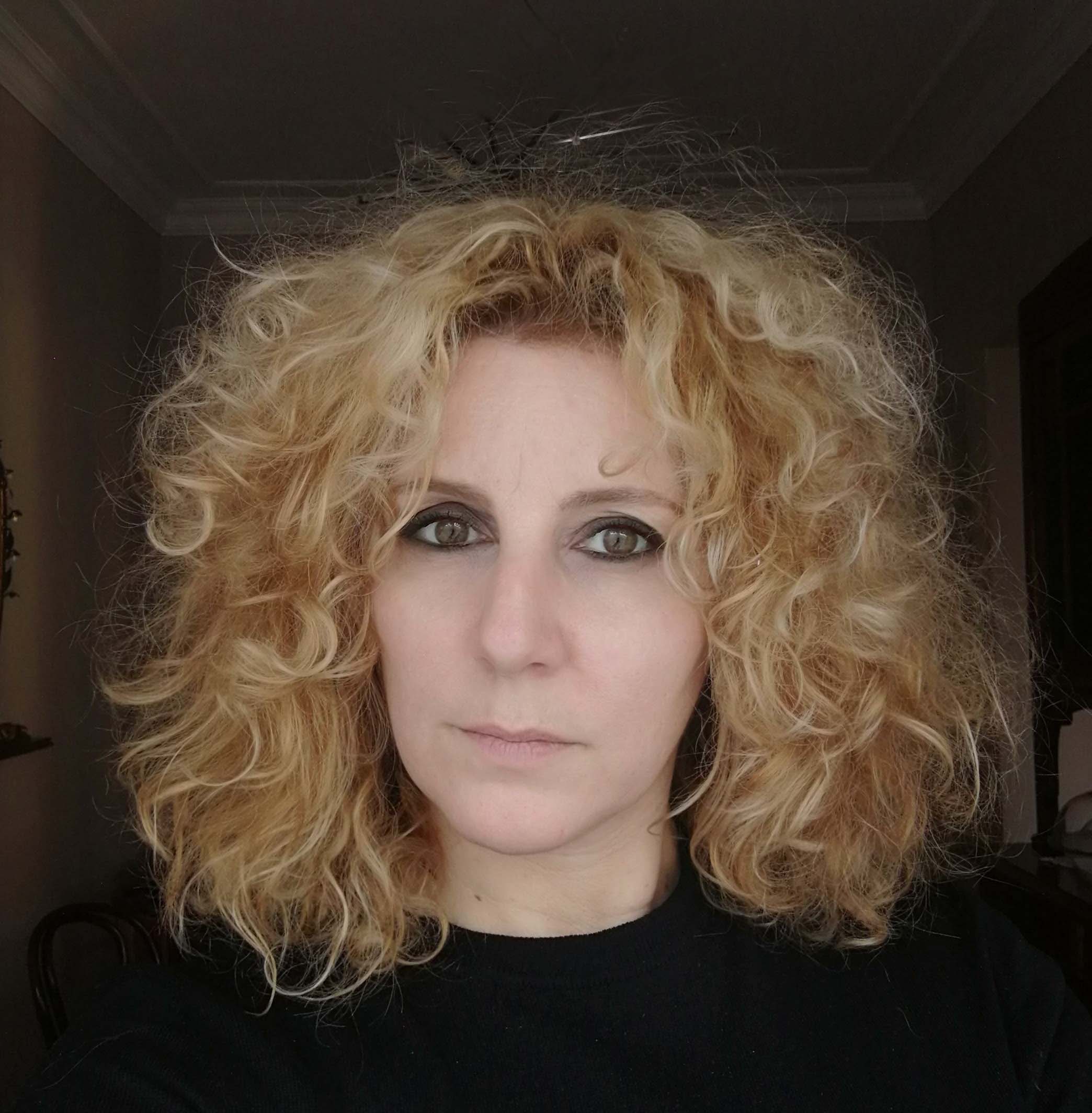The 2024 International Art Exhibition – La Biennale di Venezia, entitled ‘Strangers Everywhere’, from the motto imprinted in Claire Fontaine’s neon sculptures scattered between the Central Pavilion and the Arsenale, has been open for a few weeks now. The media are inundated with the thoughts of every insider or simple art lover, concerning the value of the works on display, the appropriateness of exhibiting them there, even evaluations of the performances and videos that have supported the various pavilions. In this multifaceted and heterogeneous sphere, we dwelled on the analysis of the Japanese Pavilion, represented this year by the artist Yuko Mohri, whose installations included in the title Moré Moré, were entrusted to the on-site arrangement by the Korean curator Sook-Kyung Lee. Mohri is not an occasional presence in Italy, so much so that back in 2022 she was one of the artists participating in ‘Japan. Body_ Perform_Live” at Pac in Milan, in which the site-specific installation Moré Moré occupied the entire floor facing the pavilion’s immense window, giving the installation’s water games and sounds a translucent depth and luminosity.

Pavilion of JAPAN: Yuko Mohri, “Compose”, 60th International Art Exhibition – La Biennale di Venezia, photo by: Matteo de Mayda, courtesy: La Biennale di Venezia
In the Japanese pavilion, Mohri’s work is represented by a more articulated version of the one previously seen and with the same title, the layout of which, as well as the addition of original elements that make it up, greatly amplify the final result. This is the first time that a foreign curator has been invited to take charge of the Japanese pavilion, but the choice could not but fall on Sook-Kyung Lee both because the latter had already curated the exhibition activity of Korean artists in the 2015 Biennial, and because her collaboration with Mohri was osmotically predictable for the Biennial experience. Not only the Japanese and Korean pavilions are in fact adjacent to each other, but it was Sook-Kyung Lee who introduced Koo Jeong, the Korean artist currently exhibiting at the Korea Pavilion, to Yuko Mohri, picking up on the alchemical synergies between the two artists’ works from the very beginning.

Pavilion of JAPAN: Yuko Mohri, “Compose”, 60th International Art Exhibition – La Biennale di Venezia, photo by: Matteo de Mayda, courtesy: La Biennale di Venezia
Mohri’s works elaborate on the primary concept of the ‘object’ with a meaning very similar to that used by the Surrealists and Dadaists. Through her craftsmanship, she imprints a change of function on her installations, placing them, with a completely different role, in time and space. Yuko Mohri’s work is particularly focused on showing the unpredictable connection between sound, noise and movement. The three elements are handcrafted by the artist herself, using everyday reused objects such as umbrellas, plastic containers, pipes or wooden furniture, trying to investigate the space occupied by them, also in relation to the displacement that movement imparts to them. In this transformation, therefore, the object acquires the ambivalence of function, escaping the objectification represented by it in the widespread meaning, and acquiring instead a different function entirely instrumental to achieving the purpose pursued by the artist.

Pavilion of JAPAN: Yuko Mohri, “Compose”, 60th International Art Exhibition – La Biennale di Venezia, photo by: Matteo de Mayda, courtesy: La Biennale di Venezia
In this sense, the use of upturned umbrellas conveying streams of water produced by the main machinery of the installation itself leads to the relativisation of the umbrella’s physical role at the end of the passage of the water conveyed by them, making it instead a sort of amplifier of the sound produced at the end of the path. A part of the installation (Decomposition) can also be interpreted in the same direction. Here, interconnected electrodes are inserted into the seasonal fruit on display, and as their decomposition progresses, the moisture emitted by the food produces electrical impulses of different magnitudes, changing into more or less subdued sounds and colours due to the process of decay of the food.

Pavilion of JAPAN: Yuko Mohri, “Compose”, 60th International Art Exhibition – La Biennale di Venezia, photo by: Matteo de Mayda, courtesy: La Biennale di Venezia
Mohri’s entire work is inspired by the expedients used in the Tokyo underground to defeat water leakage, through the recycling of common objects, but in this alternative use of products there is also a critique of the consumer society together with an invitation to conservation, also with a view to strongly protecting the environment in which we live. The combinatorial art of objects used by Yuko Mohri in the Japanese pavilion at the Biennale reminds us of Bruno Munari’s acute work. That architecturally perfect system embodied, for example, by ‘La macchina aritmica’ from 1951 is the exact conception of how a form, creatively used in space, can confer a completely different perception on the viewer and thus how dogmas or preconceptions of any kind can only be subverted by looking at the matter from a different point of view.
Info:
60th International Art Exhibition – La Biennale di Venezia
20/04 – 24/11/2024
Pavilion of JAPAN: Moré Moré by Yuko Mohri
curated by Sook-Kyung Lee
Giardini
20/4/2024 – 30/9/2024
https://www.labiennale.org/it/arte/2024

Globetrotter, passionate about literature, lover of art and photography. I never leave for a trip without taking with me a book by an author of the place where I will go. I have dreamed of moving to Paris for years and sooner or later I will!






NO COMMENT